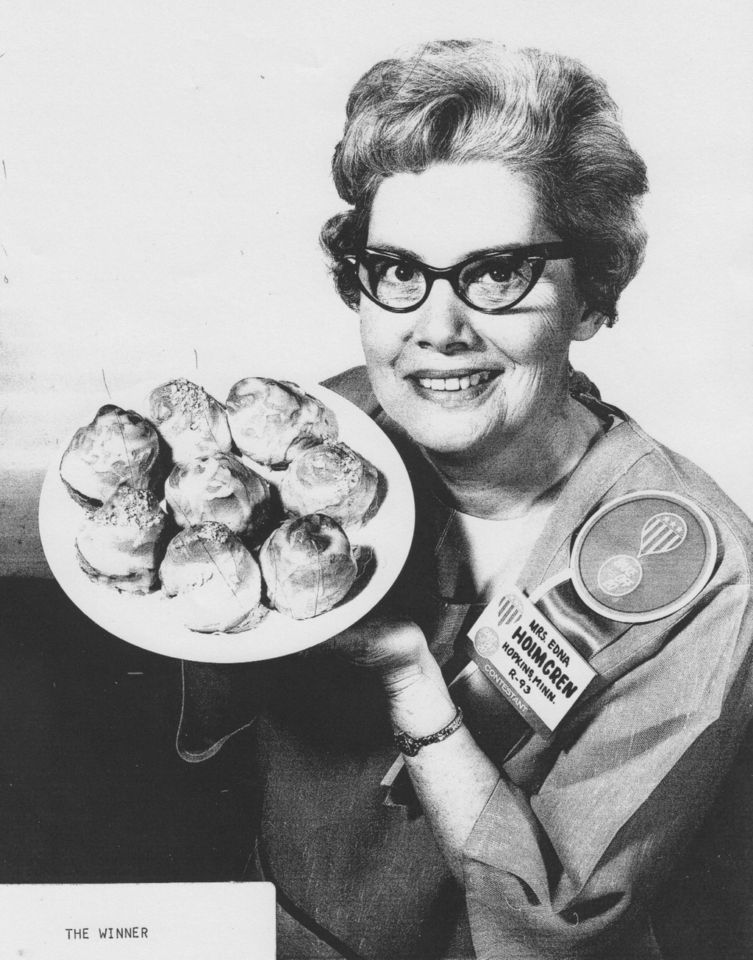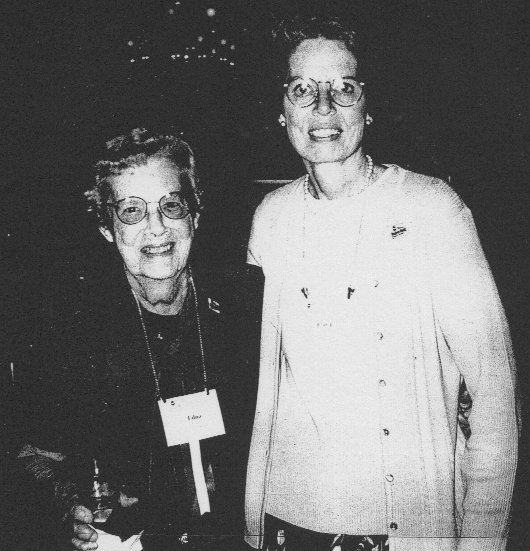Beer-drinkers in the UK who thought that consolidation and “crafty” brews were an evil to be found only in the USA will be distressed by news in today’s Guardian: British craft beer boom stalls as big drinks companies muscle in. The paper says that only eight new breweries opened in the UK in the past 12 months, compared to 390 in the year before. And, of course, small breweries – Camden Town Brewery, Dark Star and Beavertown among them – have been bought for big sums. Buyer beware.
Eat This Newsletter 098
- World Idli Day
- Ancient pee can tell us about the early domestication of sheep and goats at Aşıklı Höyük, in case you’re wondering about the press release’s A??kl? Höyu?k.
- The World Resources Institute weighs in on questions of beef and climate change.
- How hipster eggs with pretty coloured shells can sell for $1 each when eggs are also available in supermarkets at one twentieth of that price.
- A reader sent me a link to a really interesting article in The Wall Street Journal: The Pastas You’ve Been Missing Out On…And Where to Find Them. Unfortunately, it being the WSJ, unless you subscribe, or get someone who does subscribe to share the link with you, there’s no way to read it. I continue to dream of an effective, efficient micro-payment system so I could pay to read single items.
Longer version here (and while you’re there, consider subscribing).
A Roman haroset
We eat a sort of jam called charoset . … There are a lot of different recipes. … It’s made with dates, figs, walnuts, olives, and bitter herbs. Anyway, the last dish is charoset, boiled egg, bitter greens, lettuce, a piece of celery and a prayer is said for everyone.
That’s from Karima Moyer-Nocchi’s book The Eternal Table: a cultural history of food in Rome, in her treatment of Roman-Jewish cuisine.[1] Of course I’m seeing haroset everywhere I look these days, not just because of the time of the year; it is a traditional – although not required – dish on the Passover table. The recipe is clearly Sephardic in origin, although I have not heard olives mentioned in this context before. And no mention of ground terracotta or bits of brick, which at one time Italian Jews did include.
-
I imagine the translation is her own. ↩
Charoses, haroset … what’s the difference?
A friend used Facebook (yeah, I know) to post a picture and list of ingredients for what he calls charoses; a list of ingredients, rather than a recipe, because, as he says “I have never made charoses the same way twice. I couldn’t even if I wanted to.”
Fair enough, although I suspect all the learned rabbis who endlessly debated the matter are spinning quietly in their graves. What particularly struck me about the discussion it detonated was that there was almost no reference to the make-up of his haroset, which is definitely rooted in Sephardic tradition, and a whole lot of theorising about why Jews of different traditions have different ways of pronouncing different words.
I’m flattered that his decision to add wine was prompted by the podcast, even though at least one rabbi advised Jews not to do that for fear of what the gentiles would do. We live in more enlightened times, mostly.
Celebrating Passover and Easter Thousands of years of ritual food

Podcast: Play in new window | Download (Duration: 34:40 — 28.0MB)
Subscribe: Google Podcasts | Spotify | Android | RSS | More
Whether the last supper was a Passover Seder I do not know. I do know that the rituals of the Passover dinner have been in place for thousands of years, although always open to evolution. And yet, there don’t seem to be any universal elements about Easter celebratory foods. The episode looks at these two contrasting aspects of ritual food.
 First, Susan Weingarten talks about an essential item on the Passover table that is not mentioned in God’s original instructions for the last supper of the Israelites in Egypt.
First, Susan Weingarten talks about an essential item on the Passover table that is not mentioned in God’s original instructions for the last supper of the Israelites in Egypt.
 Then, I talk to Lois Long about a recipe made famous by her mother, Edna M. Holmgren. Magic Marshmallow Crescent Puffs won the Pillbury Bake-Off in 1969 and were subsequently expropriated by some Christians to retell the story of the resurrection.
Then, I talk to Lois Long about a recipe made famous by her mother, Edna M. Holmgren. Magic Marshmallow Crescent Puffs won the Pillbury Bake-Off in 1969 and were subsequently expropriated by some Christians to retell the story of the resurrection.
The recipe

This copy of Edna Holmgren’s recipe is not quite the original. Lois Long told me that “the flour in the cinnamon sugar mixture was Pillsbury’s idea. I cut it down to 1 tbsp but I don’t like it. The original recipe has no flour.” I do wonder what it is there for. Possibly to soak up melting gooeyness, because many of the comments on the Hall of Fame website are complaints about the mess if the pastry isn’t very carefully sealed.

Notes
- Susan Weingarten’s book Haroset: A Taste of Jewish History is published by The Toby Press.
- Huge thanks to Lois Long for sharing her time, her memories, and copies of some of her memorabilia.
- The cover image is a print by Jacob Cornelisz van Oostsanen after Albrecht Dürer, from the Rosenwald Collection of the National Gallery of Art, Washington DC.
- The banner image of The Last Supper is by the workshop of Pedro Berruguete, circa 1495–1500, a gift of the Ahmanson Foundation to the Los Angeles County Museum of Art.
- Oooops. Oh dear. I thought I had double checked the date of Pesach, but I apparently got it wrong. I said Thursday. It is Friday. Sincere apologies.
